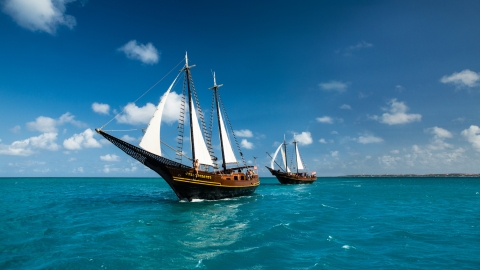"Sin City" Port Royal, Jamaica
Built in 1518 with 4 forts and 2,000 buildings, Port Royal was a bustling commercial center of the Caribbean and the headquarters of the British government in Jamaica. In the 17th century, Port Royal was one of the most famous "sin cities" in the world with all-night revelries. Famous pirates like Blackbeard often used Port Royal as a base to raid merchant ships. In 1692, a 7.5 magnitude earthquake caused this bustling port city to be swallowed by a tsunami into the Caribbean Sea with more than 2,000 deaths. Legend has it that this was nature's punishment for the city's sins.
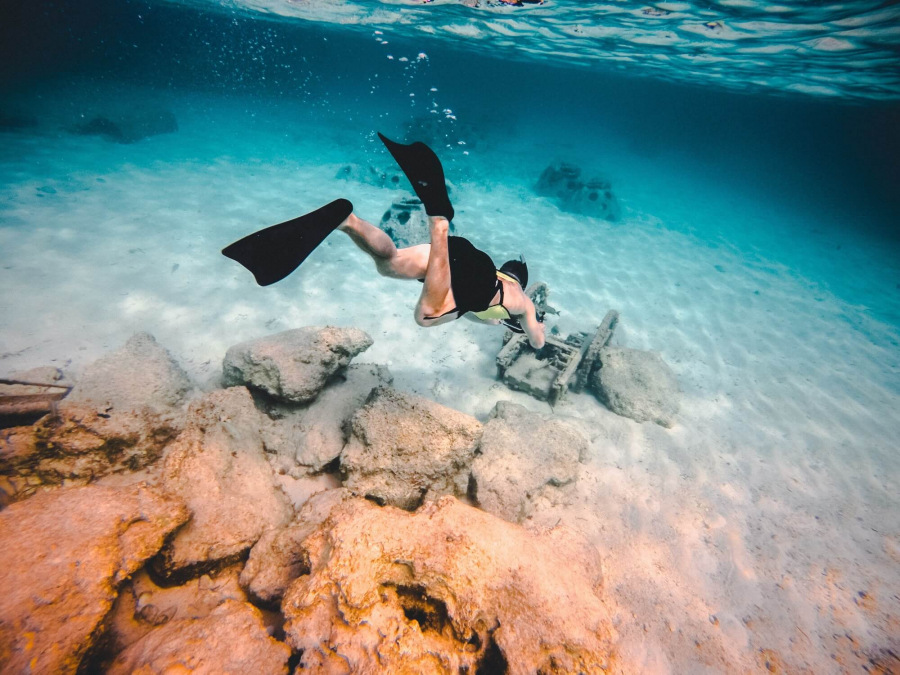
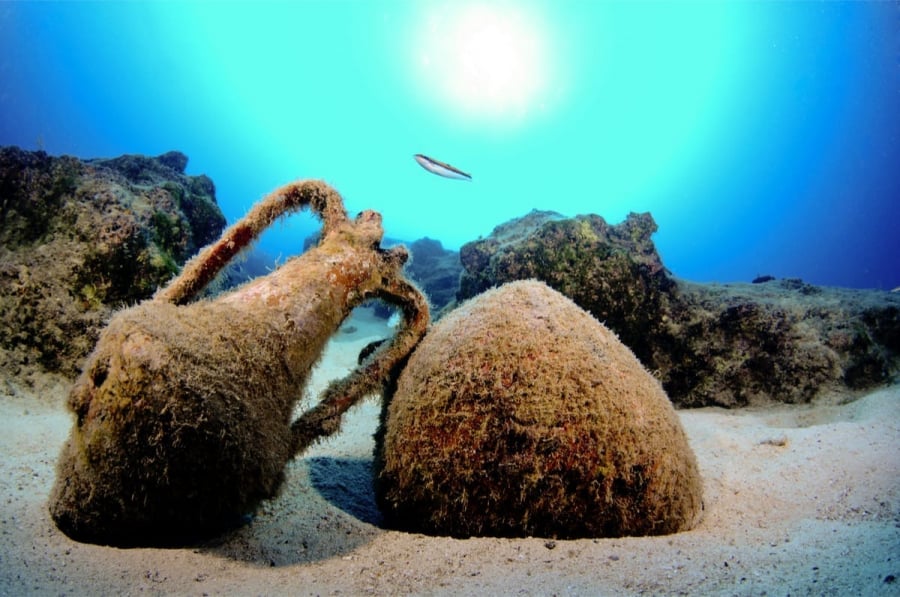
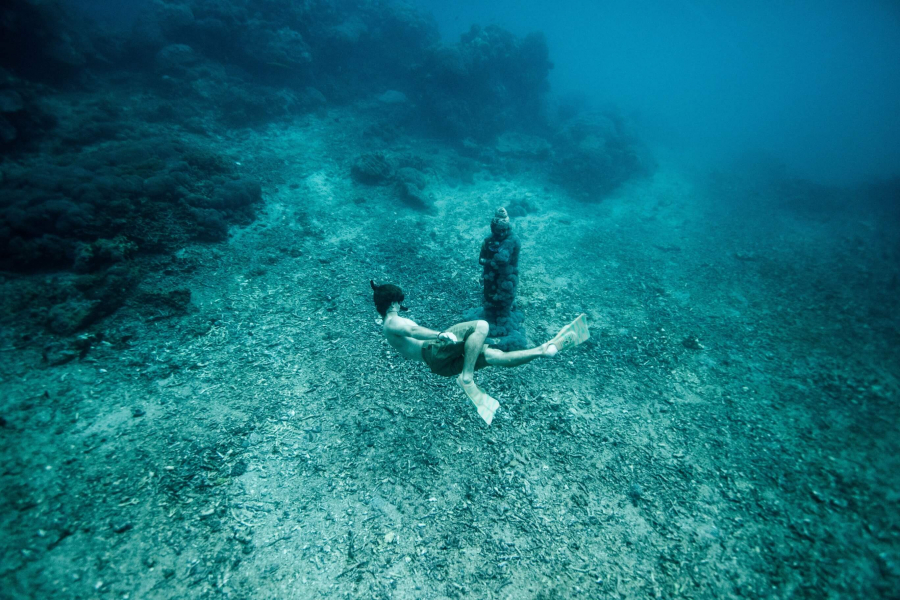

Now, while diving to depths of more than 12 meters, admiring the structures that evoke the beauty of the past, visitors can meet many experts who are still trying to uncover the mysteries of Port Royal. If you are lucky, you may even find the remaining pirate treasures here...
Shicheng - China's Atlantic
Thien Dao Lake with many large and small islands is an attractive destination for tourists thanks to its majestic natural landscape. More specifically, under the lake is hidden a large ancient city with massive and mysterious architecture that has existed for more than a thousand years.
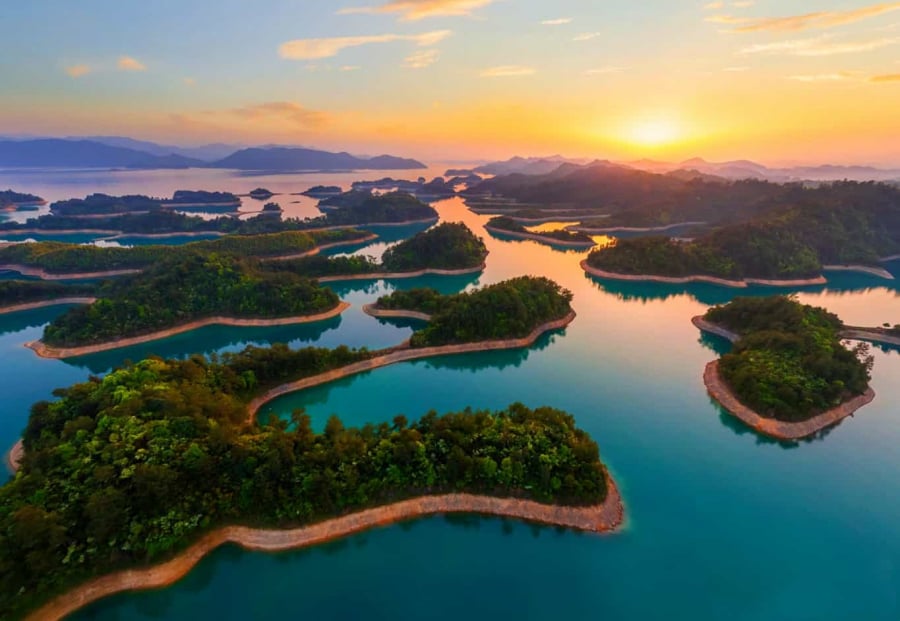
Thousand Island Lake
The ancient city located deep below the Thousand Island Lake is called Shicheng, located in Shun'an, Zhejiang, and was built in the 2nd century during the Eastern Han Dynasty. This ancient city was built during the Han Dynasty and covers an area of 62 football fields.
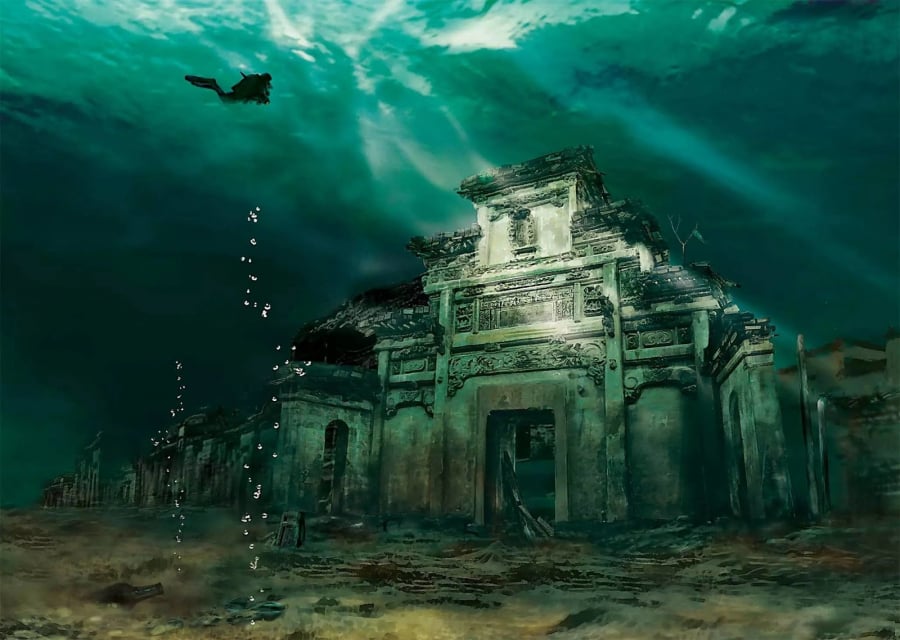
The remains of Su Thanh gate still retain their intact architecture.
Shicheng has a history of more than 1,300 years before being buried deep under the waters of Qiandao Lake in 1959, when the government built a lake to supply water to the Xi'an River hydroelectric station. Since then, the majestic Shicheng with its ancient architecture such as citadel, houses, temples, and streets were all buried deep under the lake.
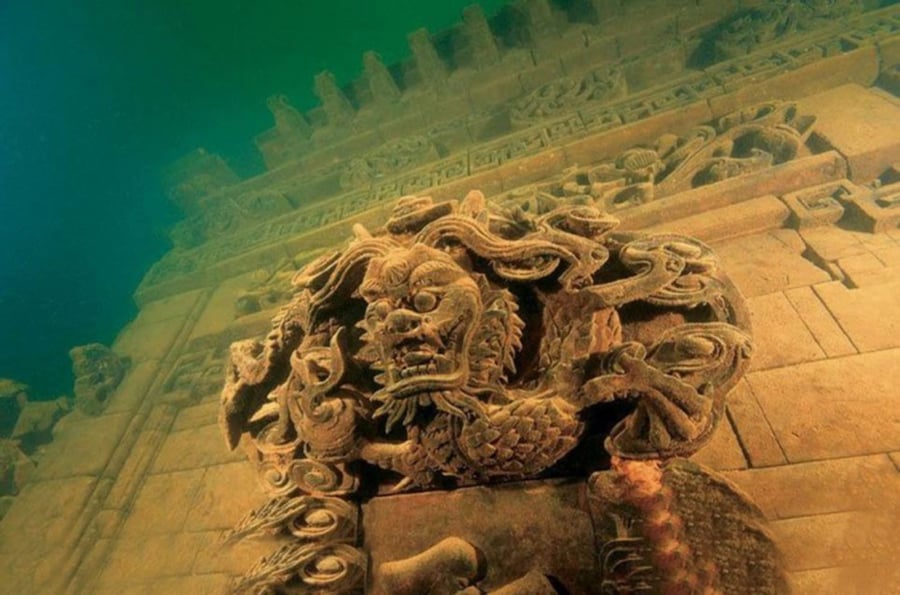
A lion statue was found inside the ancient citadel, a typical symbol of Eastern culture.
In 2001, scientists with modern scientific equipment have gradually carried out explorations and research on Su Thanh. According to the announcements, the ancient city was built with surrounding walls, with 4 gates for travel. Inside the city are streets, houses, and large towers located right in the center of the city. In addition, the houses often have lion statues and dragon sculptures that are intricately carved, exuding a mysterious beauty. These are the cultural values that attract many tourists.
To this day, researchers have yet to unravel the mystery surrounding this construction, but Shicheng, considered China's "Atlantis," has become a popular destination.


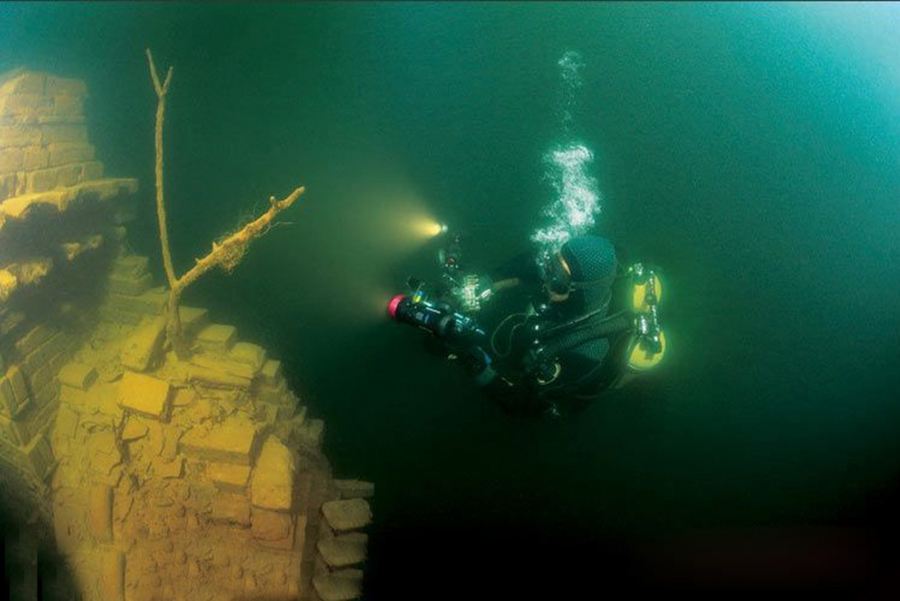
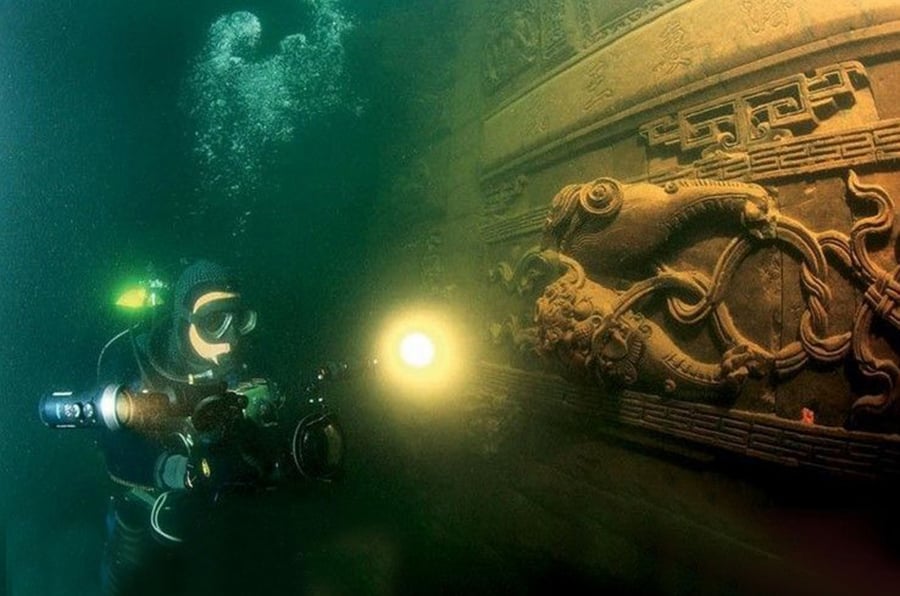
Today, Shicheng remains largely intact as it was before it was submerged, virtually unscathed by the water. Zhejiang Province is working on an underwater tourism project to attract more tourists to visit and explore.
Dwarka, India
According to folklore, the ancient city of Dwarka is believed to be the home of Lord Krishna (the eighth incarnation of Lord Vishnu) with nearly 70,000 palaces made of gold, silver, precious stones and other precious building materials. Dwarka's wealth continued until Lord Krishna's death. The remains of this legendary land, discovered in 2000, are deep under the ocean floor in the Gulf of Cambay (also known as Khambhat), Dwarka city, Gujarat state, western India. Scientists believe that Dwarka sank into the deep sea after a severe earthquake, because this area is in a high-risk earthquake zone.

View of the remaining temple base of the ancient city of Dwarka
The ruins, spread out over a 9-kilometer stretch of ancient riverbank, include a dam the size of an Olympic-sized swimming pool, collapsed staircases reminiscent of the Ganges civilization's great bathhouse of Mohenjo-Daro, and numerous house foundations, drainage systems, roads, tools, ornaments, fragments of semi-precious stones, ivory...
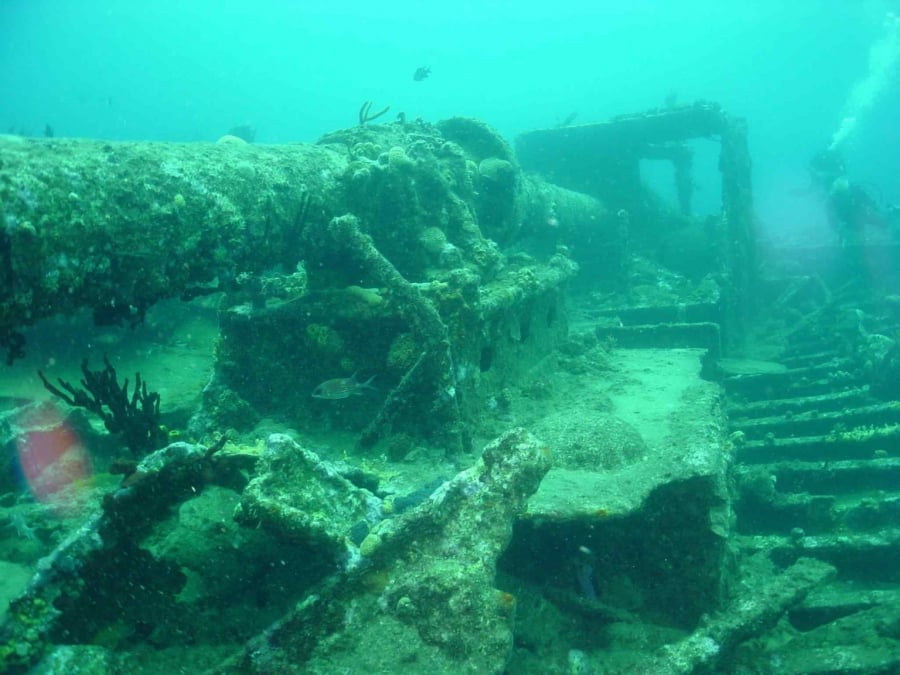
The structural complexity of the city has hindered experts in their research.
Dwarka is considered a valuable archaeological treasure, so it has always been the subject of research and exploration about the history of formation and the life of the people in ancient Dwarka. According to research, the ancient city of Dwarka was built and completed between 9,000 and 12,000 years ago, estimated to have been built during the reign of King Pallava around the 7th century BC. Today, the ancient city of Dwarka still attracts many archaeologists to research and tourists to explore.
Yonaguni Jima Pyramid, Japan
Are the Yonaguni Jima pyramids in the Ryukyu Islands, Japan, dating back to 10,000 BC, man-made or natural? For years, researchers around the world have been arguing endlessly about the origins of this underwater metropolis. They have only come to the conclusion that these structures were created during the last ice age, around 10,000 BC.
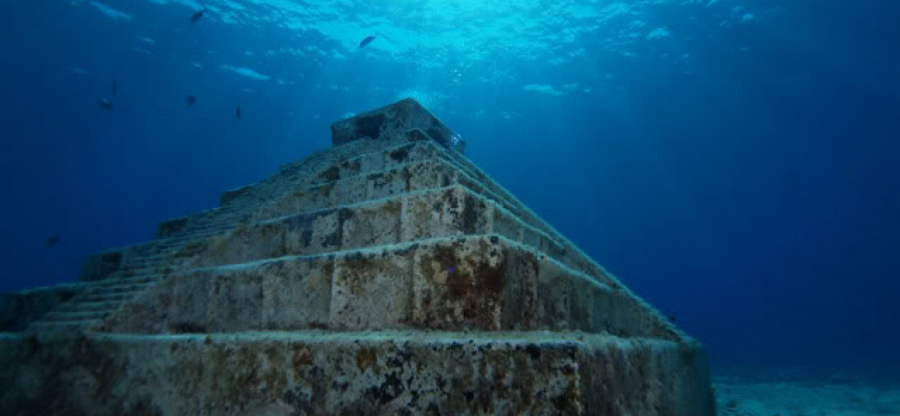
In 1985, Kihachiro Aratake, a scuba diving tour operator, decided to investigate the rumors of a sunken palace in the southernmost part of Yonaguni Island. He found several sandstone blocks measuring 75 meters long and 25 meters high, lying at a depth of 10 meters, about 40 kilometers from the coast, with a shape very similar to the pyramids of Native Americans or the towers used as temples with many layers stacked back like in the Babylon region.
After the discovery, Kihachiro Aratake informed the local government and began to attract archaeologists to study Yonaguni. Accordingly, this ancient relic site is believed to be the remains of an ancient civilization in the Stone Age when people still used stone tools and hieroglyphics.
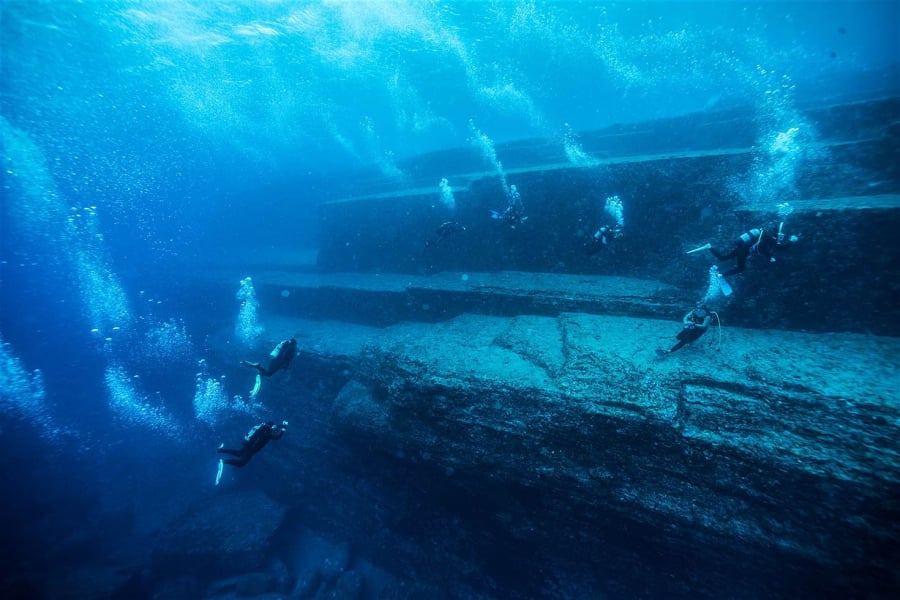

Joining diving trips in Yonaguni, visitors can see corals, observe colorful marine life and explore the Yonaguni Jima pyramid area with roads, stairs... evoking the image of a splendid palace or temple in ancient times.
After diving to a depth of 10 meters, visitors will encounter stone blocks carved into stairs with square edges. Seen from above, Yonaguni is likened to the foundation of the pyramids in Egypt. Surrounding it are paths formed by cliffs in different layers. Currently, the ancient relic site of Yonaguni is still being researched by scientists and its mysteries are being solved.
Antirhodos - part of Alexandria, Egypt
The submerged city of Antirhodos is known as part of the modern-day Egyptian city of Alexandria. Antirhodos was discovered by archaeologists in 1998 after they were studying a submerged part of Alexandria. More than 140 artifacts recovered from the excavations revealed the glorious past of Egyptian civilization. Archaeologists said they discovered Cleopatra's tomb in the sunken temple of Isis along with the above structures.

The ruins of Alexandria under the sea
According to archaeologists, the city of Alexandria was built and founded by Alexander the Great in 331 BC, on the east coast of Egypt. Since its founding, Alexandria has quickly become one of the most bustling cities in Egypt and the Mediterranean region. The city was built with modern residential areas, massive architectural buildings, the palace of Queen Cleopatra and her lovers, the temple of Isis and the Serapis library. Most notably, everyone knows the lighthouse of Alexandria, one of the seven wonders of the ancient world civilization.


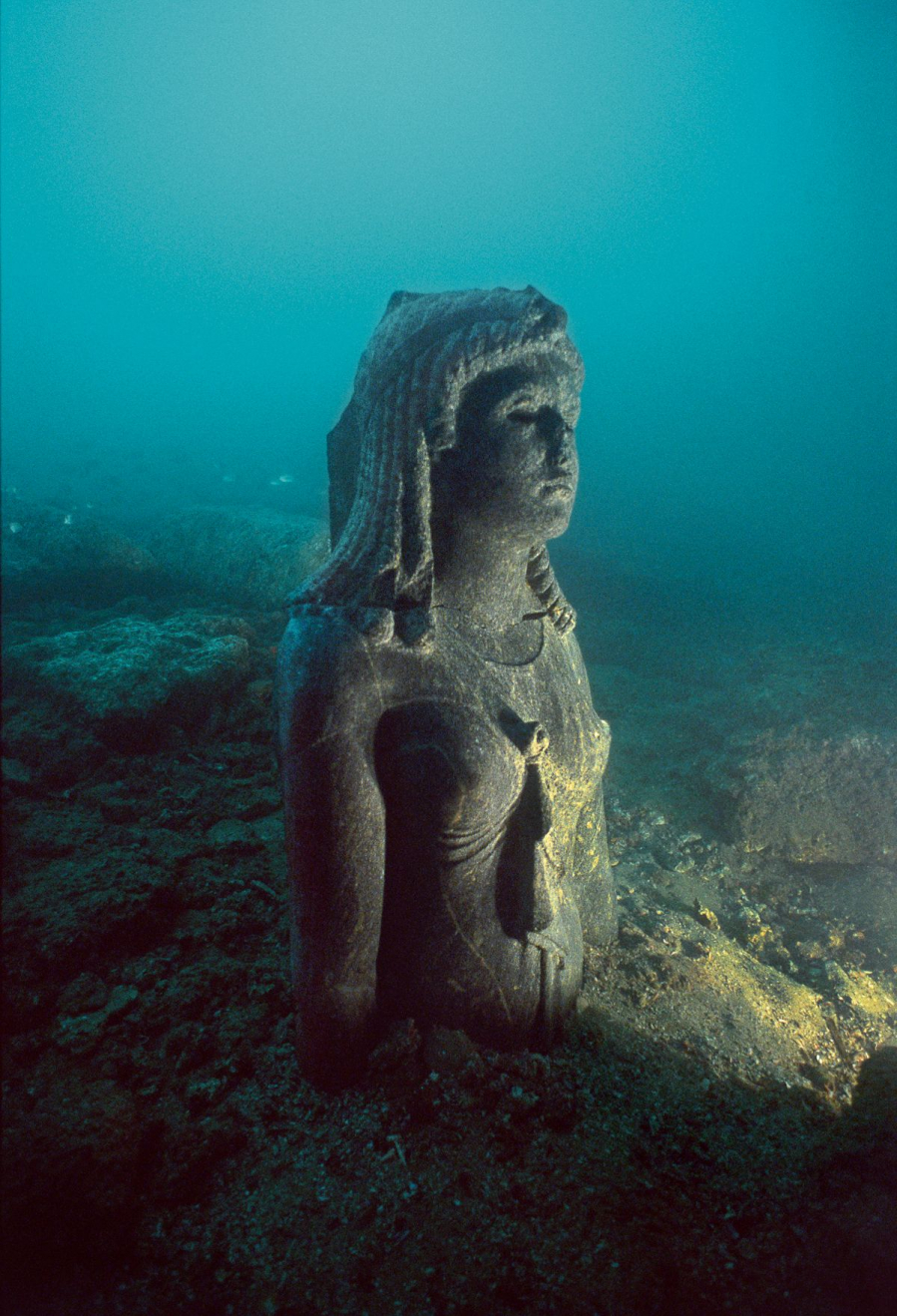
Statue of Queen Cleopatra
According to historians, earthquakes and tsunamis more than 1,500 years ago caused part of the ancient city of Alexandria to sink deep into the sea. Over time, the ancient land of Egypt was forgotten under the ocean until the 19th century, when scientists began to study and research in depth about ancient Egypt and Queen Cleopatra.
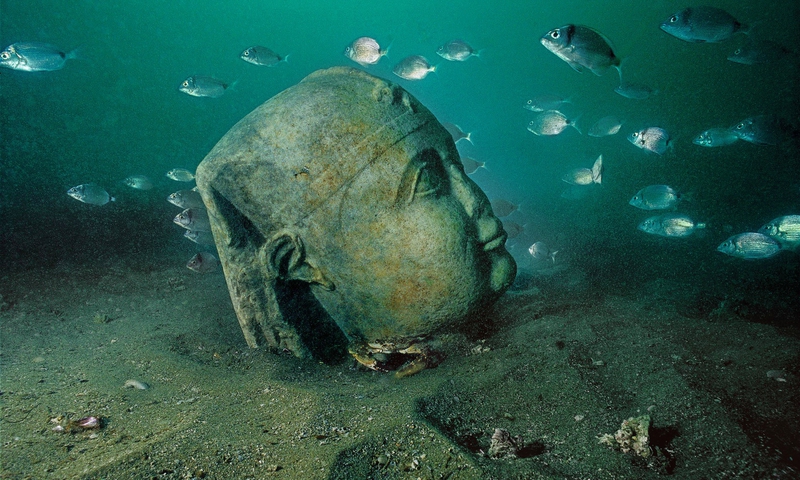

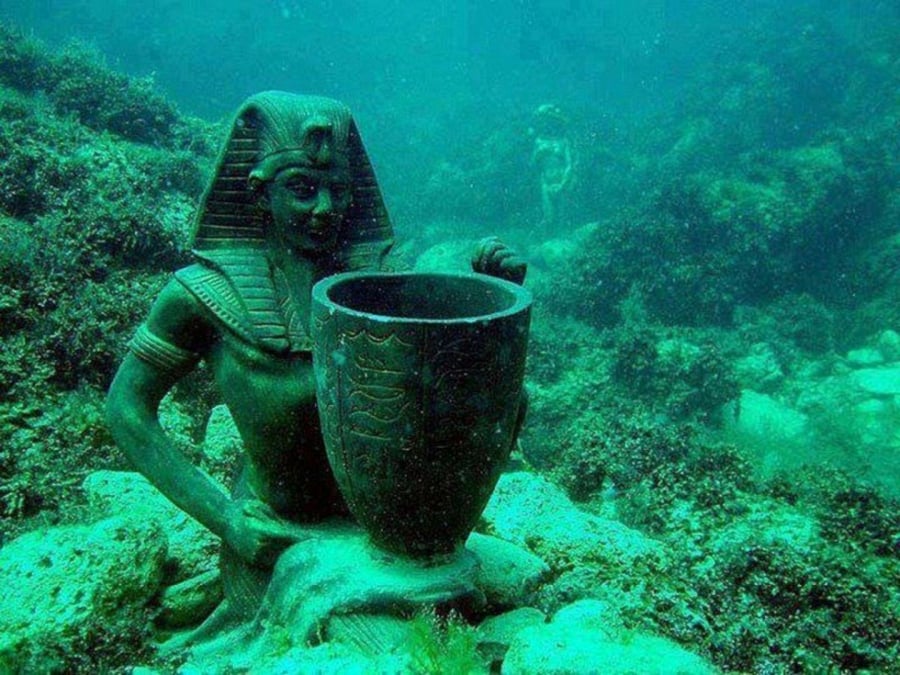
The Pharaoh statue is still intact.
Nowadays, when diving and exploring Antirhodos, you will easily see bronze statues of famous ancient figures as well as the remains of Cleopatra's palace and the Isis temple, all of which have high historical value. According to the tourism business community, this place will be a popular destination for diving tourism in the future when many artifacts are still intact despite the time under the sea.
Recently, the Egyptian government has planned to turn this ancient city into a museum and tourist tours are also being promoted.
Pavlopetri, Greece
Just dive to a depth of about 4m between Pouda beach and Pavlopetri island in Laconia, southeast Peloponnese, Greece, you can see the houses, large and small roads, squares and a relatively intact cemetery of the Bronze Age port city of Pavlopetri lying quietly under the water.
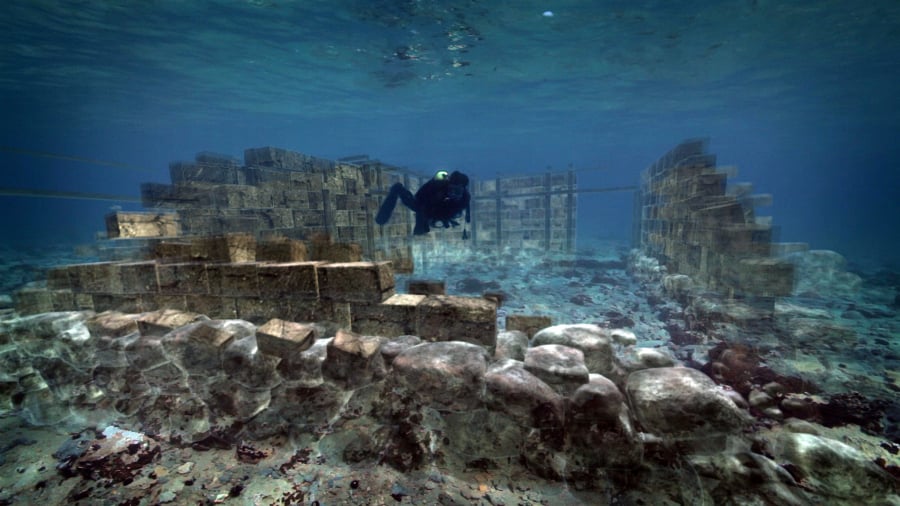
Pavlopetri was discovered by Nicholas Flemming in 1967. No one knows the name of this city. Pavlopetri is the name that was later given to the ancient city. Archaeologists believe that this place was part of the Minoan dynasty that was destroyed by earthquake. The ancient city of Pavlopetri was once one of the most prosperous cities in the Mediterranean region, built in a modern architectural style similar to today and planned with each street, separate housing areas, with temples of Roman architecture.


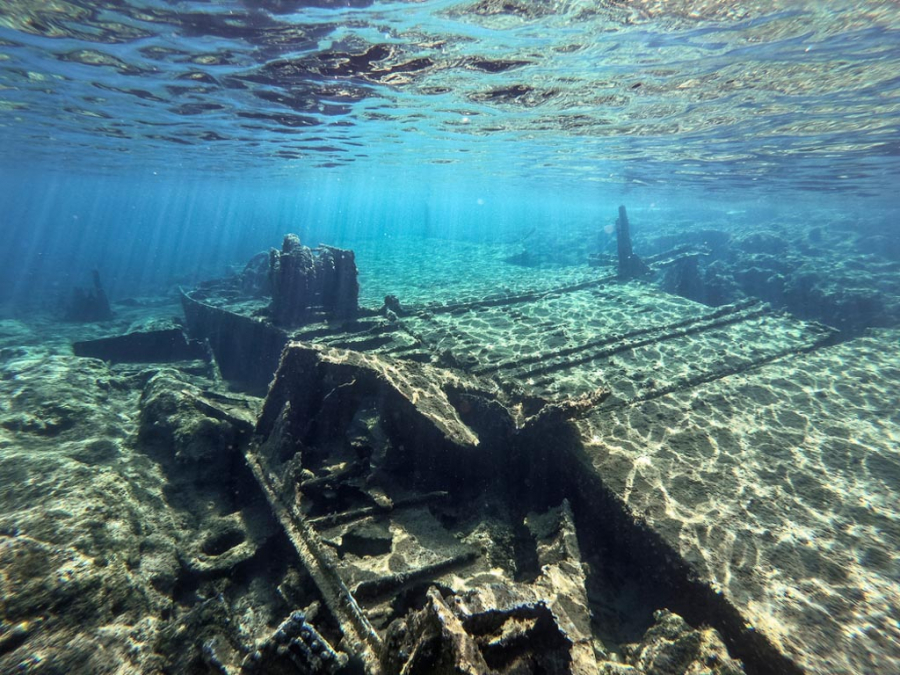
According to them, Pavlopetri seems to have been abandoned in the 8th century due to rising sea levels and is the oldest submerged city in the world, with artifacts dating back to at least 2,800 BC. Currently, Pavlopetri is a UNESCO underwater cultural heritage site. Therefore, this structure is still protected and preserved by the city according to regulations. Currently, the Peloponnese city also opens its doors to tourists to visit and explore the Pavlopetri ancient citadel relic site.
Baiae, Italy
The ancient city of Baiae was once known as the Las Vegas of the ancient Roman Empire. This city is currently located off the coast of the Gulf of Naples, Italy and about 240 km from Rome. Baiae was established around the beginning of the 7th century BC with many castles, amusement parks, and bustling neighborhoods. In particular, according to many records about the ancient city of Baiae, many famous historical figures of ancient times such as Emperor Caesar, tyrant Nero, philosopher Cicero... have visited here, proving the superiority of Baiae compared to Capri, Pompeii and Herculaneum in its position as a resort city of the Roman aristocracy.

The palace floor is paved with distinctive patterns from the city of Baiae.
Baiae's heyday ended in the 8th century, when Saracen occupation left it deserted. After numerous earthquakes caused by volcanic activity, Baiae sank into the Gulf of Naples.
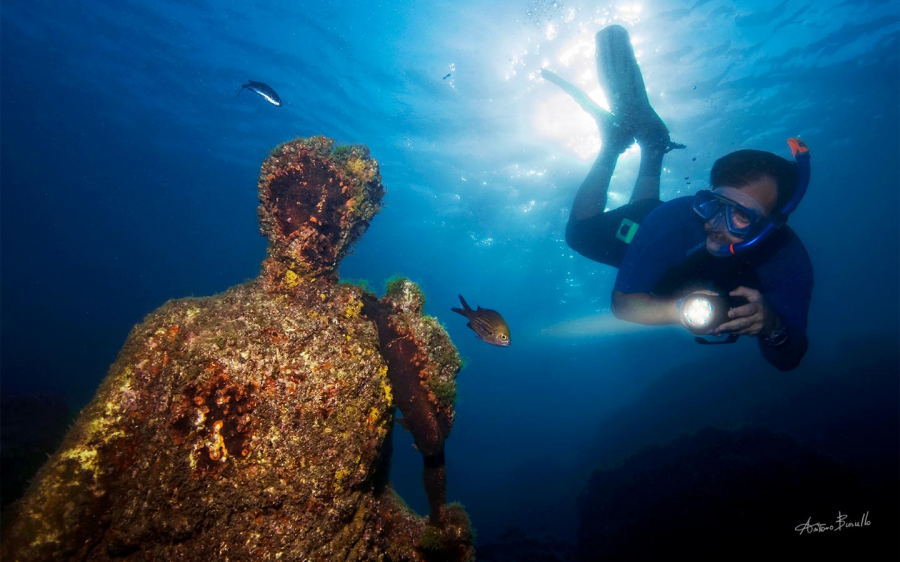
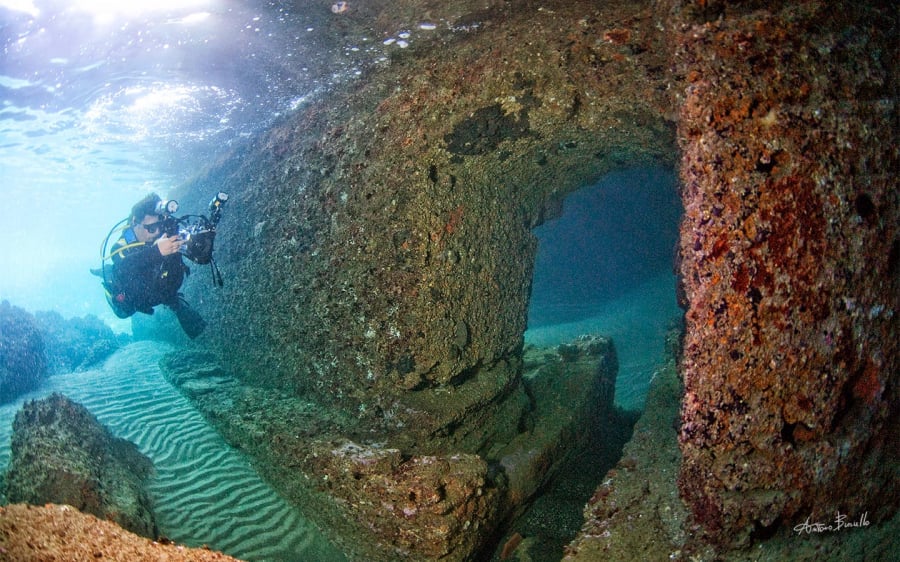

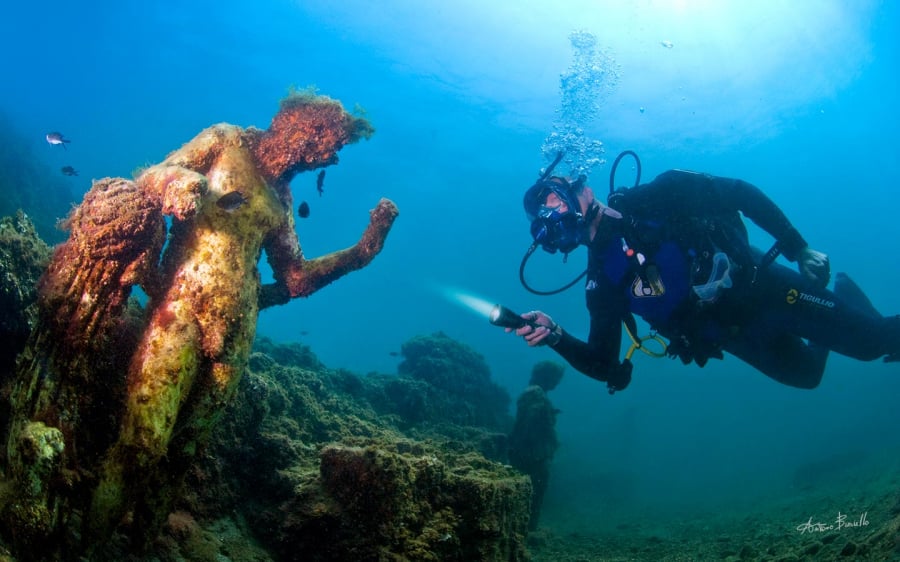
Today, the remains of the ancient city of Baiae remaining under the ocean are not many but still attract a large number of tourists to explore. Tourists can easily see some Roman columns of the castle, stone pavements with sophisticated patterns right from the boat on clear blue sea days. Countless other relics such as statues dating back to the 1st century BC, daily items of ancient residents... are only a few meters below the sea surface.
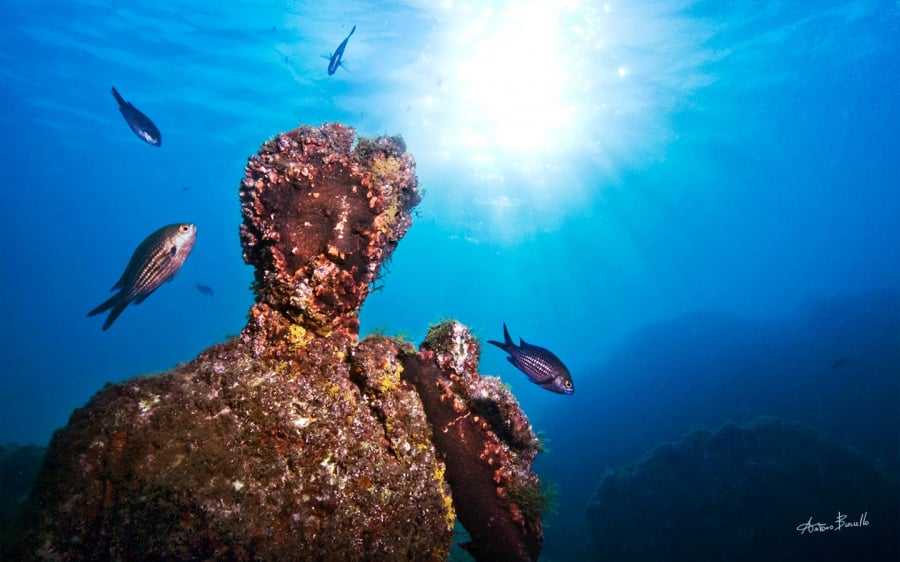
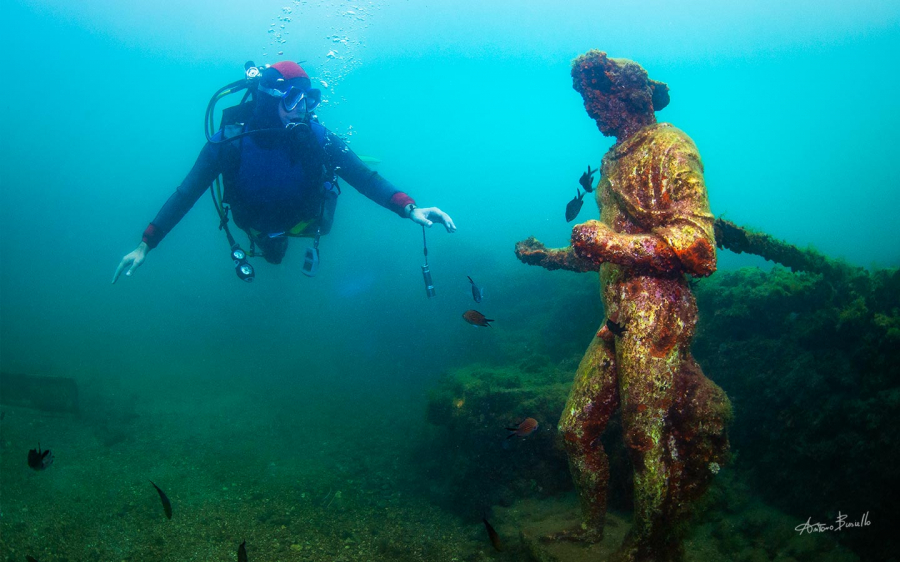
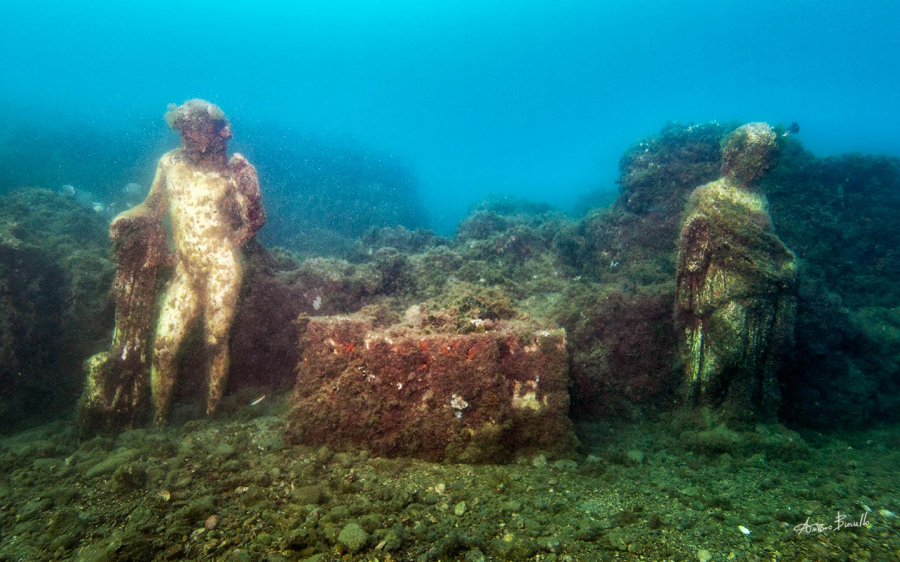
As you dive deeper, you will see statues of gods, Ulysses and Octavia Claudia, sister of Emperor Claudius, still largely intact. The sculptures are replicas of the ones on the ocean floor and part of the artifacts are on display at the Archaeological Institute of Campania.
Currently, tours to this underwater city have been introduced to tourists by local travel companies.



























